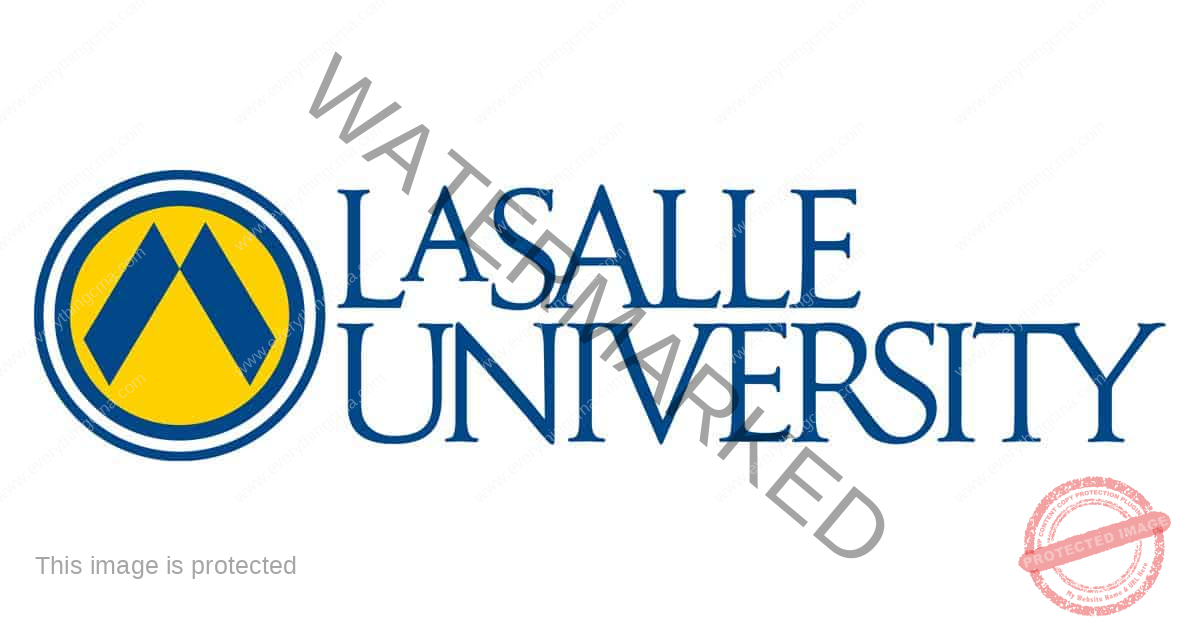Einstein Medical Center Montgomery at La Salle University, located in the Keystone State of Norristown, Pennsylvania offers one of the top CRNA programs in the United States. The La Salle CRNA program length is 51 months (56 credit hours) beginning in the calendar month of September each year. This detailed summary will discuss the degree, course structure, class size, acceptance rates, admissions, tuition costs and other helpful information for the school.
#43 Best CRNA Schools – La Salle CRNA
We spent hundreds of hours interviewing nurse anesthetists to come up with the list of Best CRNA schools where we include real feedback on all CRNA schools from nurse anesthesiologists all over the US. In our Best CRNA School survey, La Salle CRNA has a CRNA School Ranking of #43 out of 124 CRNA Schools.
For more information on all CRNA schools, check out Best CRNA Schools and CRNA School Rankings.
La Salle DNP
Upon graduation from the CRNA program, you will receive a Einstein Medical Center Montgomery at La Salle University DNP (Doctor of Nursing Practice) degree. Certainly, CRNA master’s degrees will no longer be offered by CRNA schools from 2022. Therefore, all degrees offered from CRNA schools will be Doctor degrees such as:
- DNP (Doctor of Nursing Practice)
- DNP-A (Doctor of Nursing Practice – Anesthesia)
- DNP-NA (Doctor of Nursing Practice – Nurse Anesthesia)
- DMPNA (Doctor of Management Practice – Nurse Anesthesia)
For instance, many healthcare professions, like Pharmacy, are also moving towards the doctorate degree as the entry level to enter the profession.
La Salle CRNA Program Course Load
The La Salle DNP degree program is based on a front loaded course load. In other words, an integrated CRNA degree is one where clinical experience begins in the first year with both clinical hours and classroom lectures throughout the program length. On the other hand, this is different than a front loaded CRNA degree where the first year is considered mainly academic with classroom education while the remaining years are focused on clinical rotations. In general, there is no right or wrong method of teaching – roughly 33% of schools have integrated course loads in the first year and 67% are front loaded. Therefore, the trend of more clinical hours in the first year has been increasing in recent years as CRNA schools realize the importance of practical experience and knowledge sooner rather than later.
La Salle University CRNA Program Class Size
To sum up, the Einstein Medical Center Montgomery at La Salle University CRNA program class size is 22 students and considered average. To give a frame of reference, the average class size of CRNA programs across the nation is 24 CRNA students.
La Salle CRNA Acceptance Rate & Admissions
The application deadline for the La Salle CRNA program is on Rolling. The La Salle CRNA program does not accept applications via NursingCas, which means applicants will have to apply directly to the school. The program charges an application fee of US$75, which is on par with the average CRNA application fee of US$61.
In summary, the La Salle CRNA acceptance rate is 24% and is deemed competitive. As a comparison to other CRNA schools, the average CRNA school acceptance rate across the United States is 26%.
La Salle CRNA Program Tuition
In-State tuition is US$127,103, which is considered on the expensive side. The average In-State tuition for CRNA schools is US$89,490 in the United States.
Out-of-State Tuition is US$127,103, which is considered on the high side. The average Out-of-State tuition for CRNA schools is US$105,291 across the country. Above all, for both In-State and Out-of-State tuition, these tuition figures include the total cost of the entire program excluding living expenses.
Consequently, after one year of living in many States, you would be considered an ‘In State’ resident for tuition purposes. In short, rules vary state by state. Therefore, please do additional research on this if you are applying as an Out-of-State CRNA student. To conclude, you might have to leave a tuition deposit once you are accepted into the Emory program. This is usually a one-time deposit and off-set with your tuition bill.
Most CRNA schools charge this reservation fee and the average across the nation is US$1,3658. The Emory reservation fee is US$0.
Always remember that CRNA Scholarship programs do exist to help students with tuition.
Other Information on La Salle CRNA Program
Website: Einstein Medical Center Montgomery at La Salle University Click on the image gallery below for more information on CRNA Schools in PA and CRNA Salary in PA.
Note: We have updated all the information for the 2021 academic school year.
